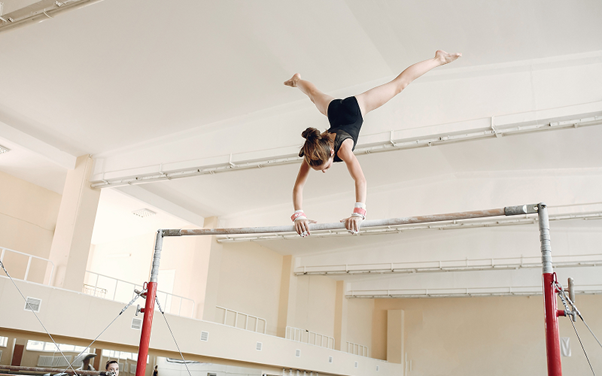Why Gymnastics at 3 and Fitness at 12 Really Matter

Most parents expect their child to grow taller, faster, and stronger. But very few expect that a simple gymnastics class for 3-year-olds could be the start of that journey. Or that fitness classes for 12-year-olds might become the anchor that steadies their tween through school stress and growth spurts. There’s more happening in youth movement classes than just hopping, climbing, or sprinting in circles. Understanding how age-specific classes work can help you support your child’s physical literacy, emotional resilience, and long-term confidence. Let’s take a look at what goes on behind the mats, music, and monkey bars.
Inside the World of Toddler and Tween Training
When we talk about gymnastics for 3-year-olds, we’re not talking about complex routines or Olympic ambition. It’s about early learning how their bodies move, react, and balance in space. At this stage, movement is learning. Crawling under tunnels, walking across balance beams, and hopping between shapes helps preschoolers develop spatial awareness, bilateral coordination, and gross motor skills.
Sessions designed for toddlers often incorporate music, games, and imaginative play. This keeps young minds engaged while gently guiding them through movement-based milestones. It’s about familiarity. Over time, children become aware of their bodies and more confident in navigating space.
In contrast, fitness classes for 12-year-olds are all about challenge and focus. At this age, physical activity supports physical health, mental clarity, and stress regulation. Classes for this age group typically include strength-building, agility drills, and basic conditioning. These sessions allow for goal-setting, routine development, and peer collaboration or healthy competition.
What Parents Want to Know
“Is my child too young for gymnastics?”
The concern often revolves around attention span and safety. The answer? If they can walk, they can start. Classes for toddlers are structured to fit short attention spans, with activities rotating quickly and safety always prioritised through soft equipment and instructor-led guidance. It’s less about form and more about familiarity and fun.
“Will fitness classes overwork my 12-year-old?”
This is a common concern, especially as tweens juggle school, tuition, and hobbies. Quality fitness classes for 12-year-olds are designed with their developmental stage in mind. These classes build stamina without pushing into unsafe intensity. When done right, they increase energy levels and mood.
“Do these classes make a long-term difference?”
Yes, but maybe not in the way you expect. Children who engage in regular structured physical activity tend to have better coordination, stronger social skills, and greater self-esteem. Active kids are more likely to maintain healthy habits into adulthood. What starts as a fun class may quietly build lifelong discipline, grit, and physical confidence.
“My child isn’t sporty—will they fit in?”
Absolutely. These classes aren’t limited to athletic kids. They’re often most beneficial to those who aren’t naturally inclined towards movement. The goal is participation, progress, and joy in movement.
Making It Work in Your Busy Week
With school, meals, screen time limits, and weekend errands, finding time for extracurricular classes can feel like a juggling act. But introducing gymnastics for 3-year-olds or fitness classes for 12-year-olds into your routine doesn’t have to be overwhelming.
Start by choosing a time that complements your child’s energy peaks. For toddlers, late mornings often work best. For tweens, after-school slots can help release pent-up energy from sitting in class. Choosing a venue that’s conveniently located or part of your existing errand route can save travel time and stress.
Another trick? Use class time for parallel productivity. While your 3-year-old is crawling through tunnels, you can catch up on emails or have a coffee break. When your 12-year-old is training, you can squeeze in your quick workout, groceries, or even some rare quiet reading.
Consistency is more important than frequency. Even one class a week provides structure and routine. Children, especially tweens, thrive on regularity, and knowing that they have a space to move, stretch, and express themselves helps regulate their week.
Lastly, talk about the class with your child. Make it a shared activity, not a drop-off obligation. Ask what they liked, what was hard, and what they’re proud of. This reinforces their effort and emotional connection to movement in long-term participation.
The Real Wins Aren’t Always Visible
You won’t always see the progress right away. Over time, these classes leave a deep imprint. Improved balance. Better posture. Increased self-esteem. Friendships formed. Newfound focus at school. Gymnastics for 3-year-olds might seem like playtime, but it’s quietly constructing the physical and mental scaffolding for future challenges. Fitness classes for 12-year-olds might look like a sweaty after-school chore, but they’re cultivating resilience, identity, and strength. These are life prep with a mat, music, and a mission.
Ready to witness the quiet power of structured play? Contact BearyFun Gym and find the class that meets them where they are.









Leave a Reply